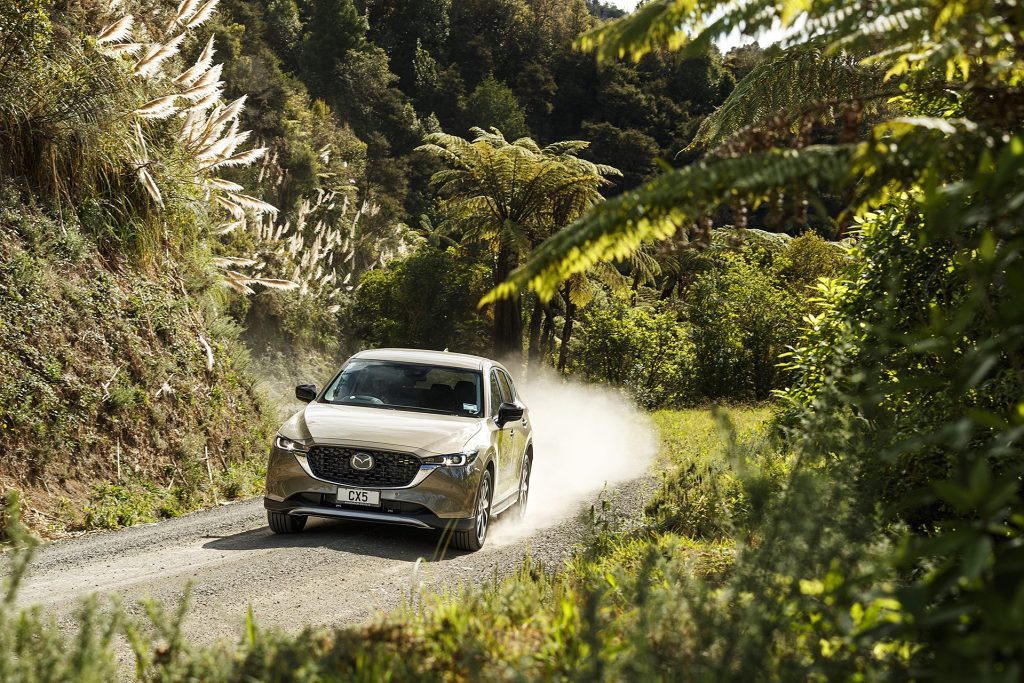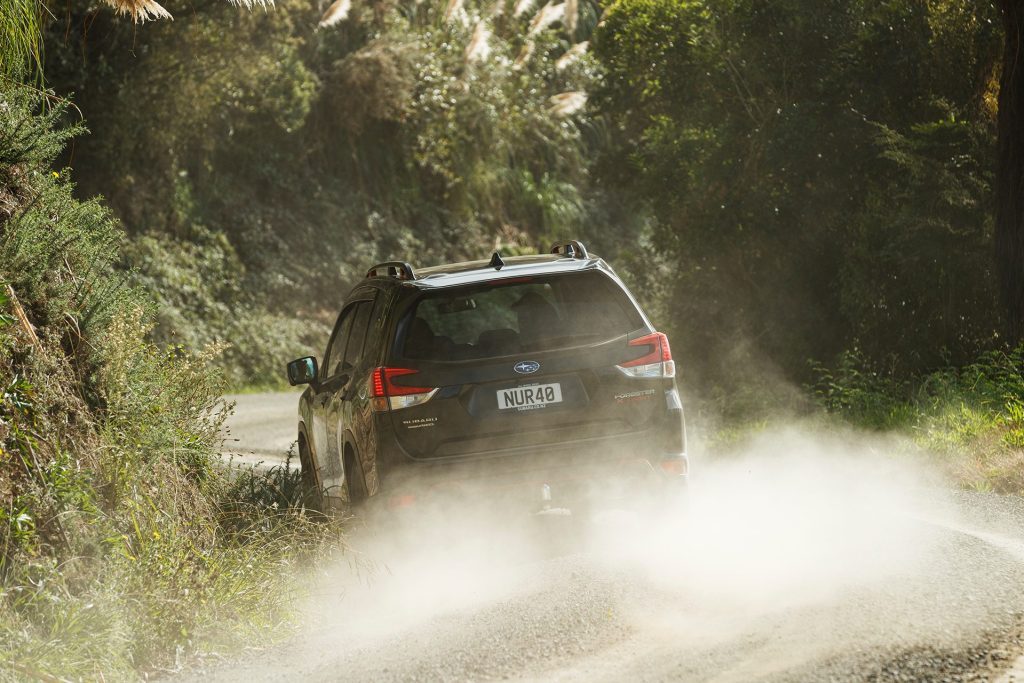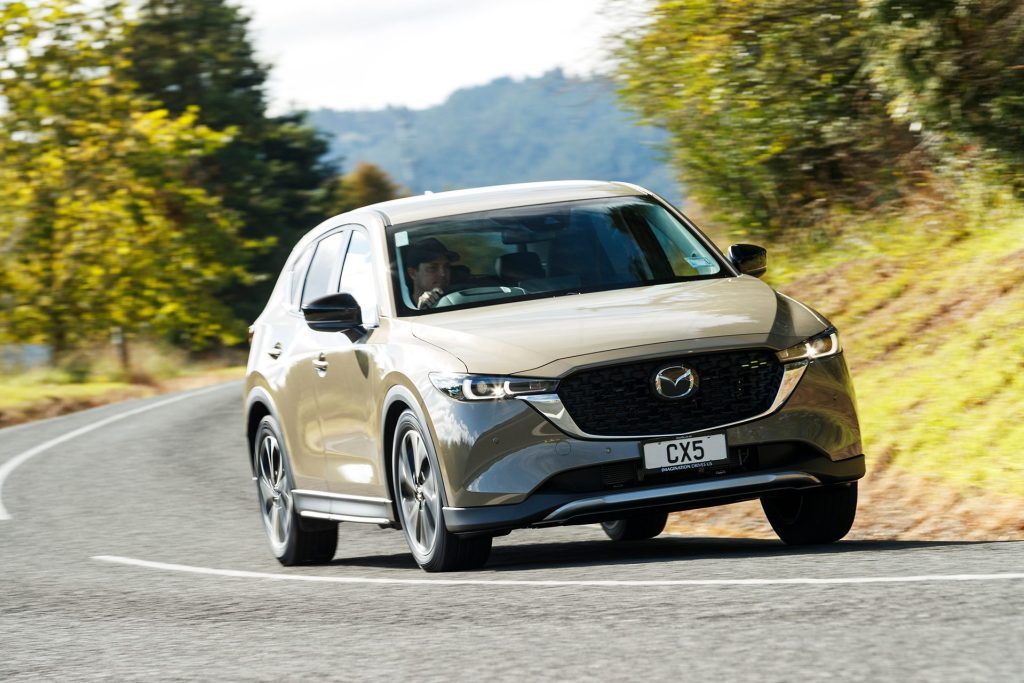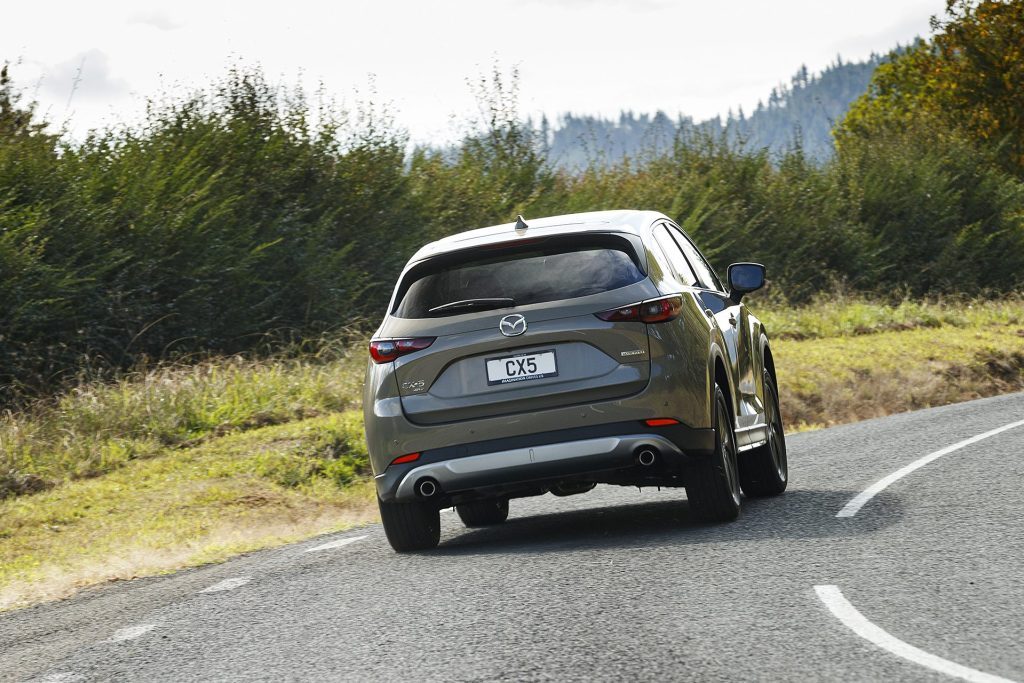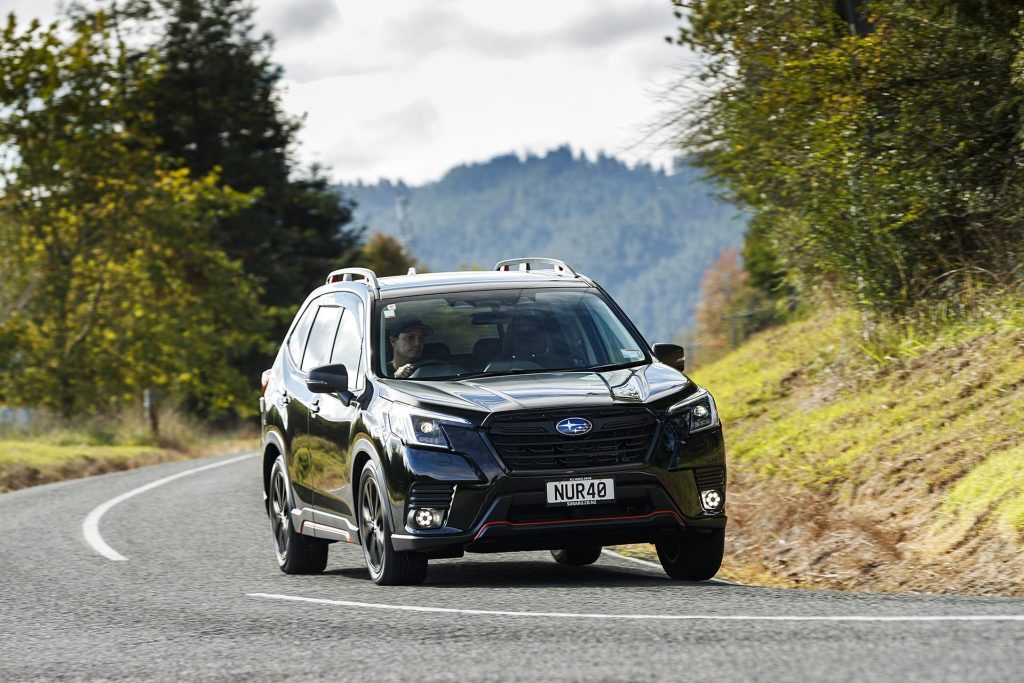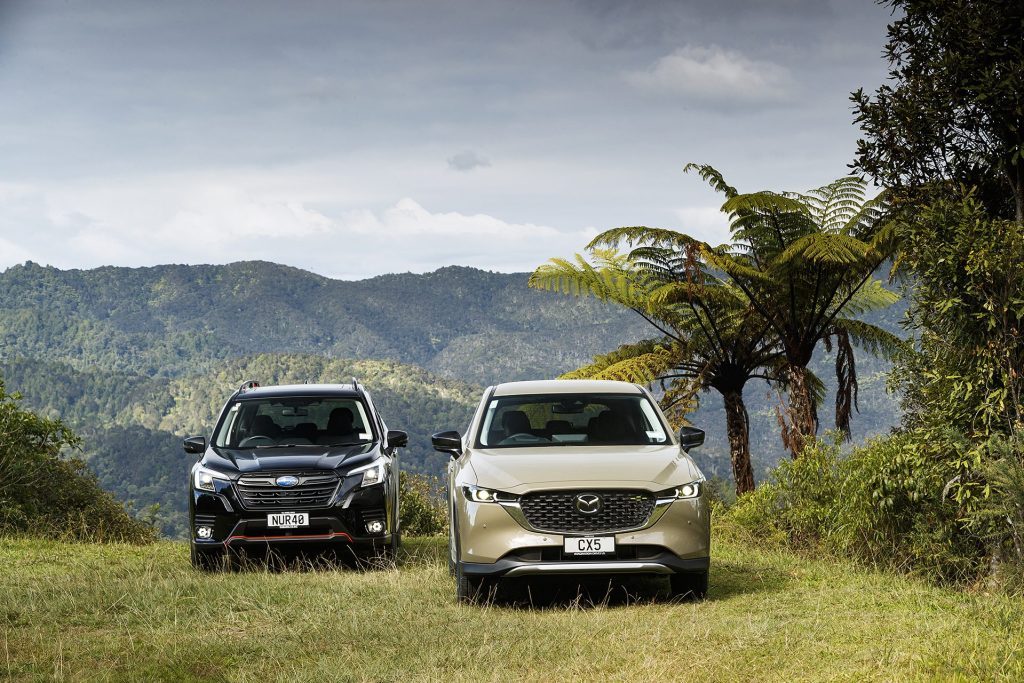2022 Mazda CX-5 Activ vs Subaru Forester X-Sport comparison
The mid-sized SUV Mazda CX-5 has been renewed. We measure its worth alongside Subaru’s Forester X Sport.

The mid-sized SUV market is chocka with choice and the Mazda CX-5 is one of the most popular offerings. It has been renewed, the Activ a fresh option for buyers. We measure its worth alongside Subaru’s Forester X Sport.
It’s a given that a manufacturer’s best seller is an SUV these days. For Mazda, that’s the CX-5, both globally and locally. The model was the first to launch Mazda’s new generation line-up with a common platform and a fresh styling direction. In 2017, the second gen CX-5 came along which refined the recipe and the sales kept racking up. Mazda has given the nameplate a recent refresh, tweaking the look, adding yet more refinement and tinkering with the model line-up. A new option for the CX-5 buyer is the Activ. It’s the one for those who are busy adventuring, and so don’t have time to spell Active properly. Whatever, all new CX-5s wear a reprofiled front bumper with a restyled grille (featuring a 3D design that replaces the usual old mesh) to help it appear wider, more planted, while the front and rear lights have been redesigned with LED lamps. The Activ features a silver treatment to the bumpers, black door mirrors and a lime green accent in the grille. The same green features inside on the air con vents and the stitching for the suede upholstery.
This wears the CX-5’s new hero colour, Zircon Sand, inspired by foundry castings. It’s a colour that’s light dependent; it can look matt green one minute and metallic gold the next. We found some like it, some not so much.
Image Gallery
Given the Activ is aimed at the ‘active lifestyler’, we thought we’d measure the new model against the Subaru Forester X Sport, a model that also dons colourful highlights to attract ‘adventure seekers’ and is similarly priced at $47,990.
Image Gallery
They measure up on many fronts, both with a 2.5-litre naturally aspirated engines offering similar outputs (both horsepower and emissions) and two-pedal transmissions. As such, there’s nothing much between them in terms of driveline performance around town, each with enough torque below 3000rpm to mooch about happily. The general smoothness of the Forester’s CVT is notable; Subaru has perfected this transmission over the years and it works well. Some simply prefer an auto however, as that’s what they know and the Mazda’s six-speeder is a slick operator. As to fuel use, both are rated at 8.2L/100km on average and are satisfied with a diet of 91 octane. On test, the Forester’s average settled in the low 10L/km range, the CX-5, a few points higher in the mid tens.
Image Gallery
Image Gallery
Both do a decent job of highway work, the Subaru’s wider ratio spread helping it cruise at 100km//h with 1500rpm showing, the Mazda at 2000rpm. Both ‘kick down’ quickly for an overtake, the Mazda a little slower 80-120km/h as the gap between ratios is pronounced, whereas the CVT is better at keeping the boxer four on the boil. With peak torque registering around the 4000rpm for both, this is where they perform best. The Subaru’s powertrain response improves markedly in the S mode, though isn’t too racy, while the Mazda is best left in its default Normal setting, where it performs admirably. The Sport mode is for when you’re in a real hurry.
Image Gallery
Image Gallery
Image Gallery
Image Gallery
While more expensive, the price of the Mazda does include three years/100,000km of servicing and a five-year, unlimited kay warranty. And you’d opt for the CX-5 for its styling and its driving characteristics; it’s still hard to beat in this market segment. But the better choice for the active type is the Forester with its added features, its more family friendly dimensions and general competence in everything it does.
Model
Mazda CX-5 Activ
Price
$50,990
Clean Car Discount
Neutral $0
Engine
2488cc, IL4, DI
Power/Torque
140kW/252Nm
Drivetrain
6-speed auto,
on-demand AWD
Fuel Use
8.2L/100km
C02 Output
191g/km
0-100km/h
8.95sec
80-120km/h
6.35sec (180m)
100-0km/h
35.89m
Stability systems
ABS, ESP, TV
Safety
AEB, ACC, BSM, LDW,
RCTA, ALK, AHB
Luggage Capacity
438-1304L
Tow rating
750kg (1800kg braked)
Service intervals
12 months/15,000km
Scheduled servicing
3 years/100,000km
Warranty
5 years/unlimited km
ANCAP rating
5 stars
Weight
1693kg (claimed)
Model
Subaru Forester X Sport
Price
$47,990
Clean Car Discount
Neutral $0
Engine
2498cc, F4, DI
Power/Torque
136kW/239Nm
Drivetrain
CVT, AWD
Fuel Use
8.2L/100km
C02 Output
187g/km
0-100km/h
9.10sec
80-120km/h
6.30sec (178m)
100-0km/h
37.08m
Stability systems
ABS, ESP, TV
Safety
AEB, ACC, BSM, LDW,
RCTA, ALK, AHB
Luggage Capacity
498-1768L
Tow rating
750kg (1800kg braked)
Service plan
$999,
22 months/15,000km
Scheduled servicing
3 years/45,000km
Warranty
3 years/150,000km
ANCAP rating
5 stars
Weight
1586kg (claimed)
View listings on Trade Me Motors: Mazda CX-5 and Subaru Forester
This article was originally published on autocar.co.nzAlso consider
